Major Events That Made The ’50s Memorable
Ah, the 1950s—a decade that was as bustling as a beehive on a sunny day. The post-war era brought an array of changes that redefined the American landscape. From technological innovations to cultural shifts, the decade was a melting pot of progress and nostalgia. It was a time when families gathered around radios, watched the first glimmers of television, and celebrated a booming economy. The ’50s were a vibrant tapestry of change that set the stage for the decades to come.
The Birth of Rock ‘n’ Roll: How Music Shaped a Generation
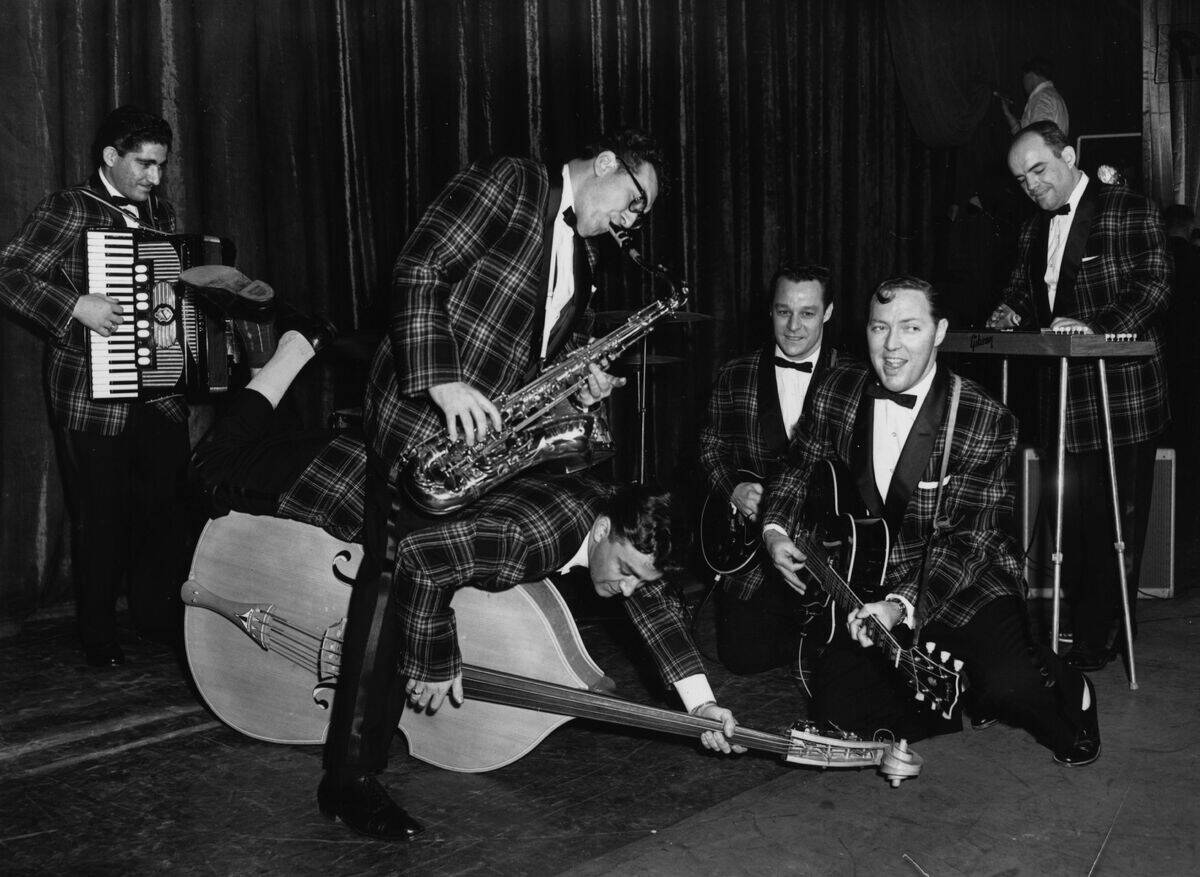
The 1950s saw the electrifying birth of rock ‘n’ roll, a genre that was more than just music—it was a movement. With legends like Elvis Presley and Chuck Berry, teenagers found a voice that resonated with their desire for freedom and rebellion. Rock ‘n’ roll wasn’t just tunes blaring from jukeboxes; it became a symbol of youth culture and a catalyst for social change. The genre’s infectious energy has since inspired countless artists and remains an enduring part of music history.
The Dawn of the Space Race: Launching Dreams Beyond Earth
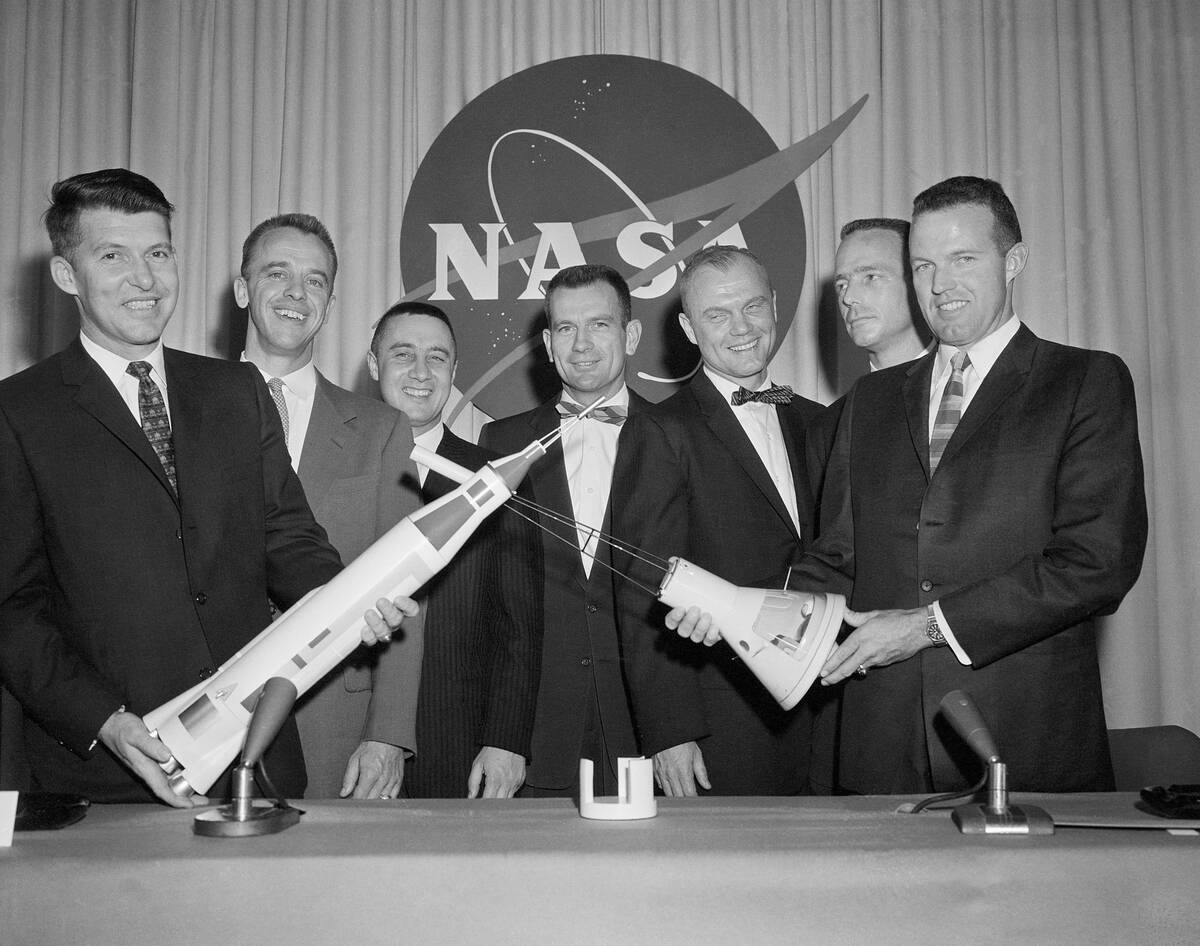
The 1950s were a period of cosmic curiosity as the Space Race between the United States and the Soviet Union took flight. In 1957, Sputnik 1 became the first artificial satellite to orbit Earth, sparking awe and ambition on a global scale. This momentous event marked the beginning of a technological rivalry that would eventually lead to the moon landing in 1969. The Space Race inspired generations to look to the stars and dream of possibilities beyond our planet.
The Rise of Television: Bringing the World to Living Rooms
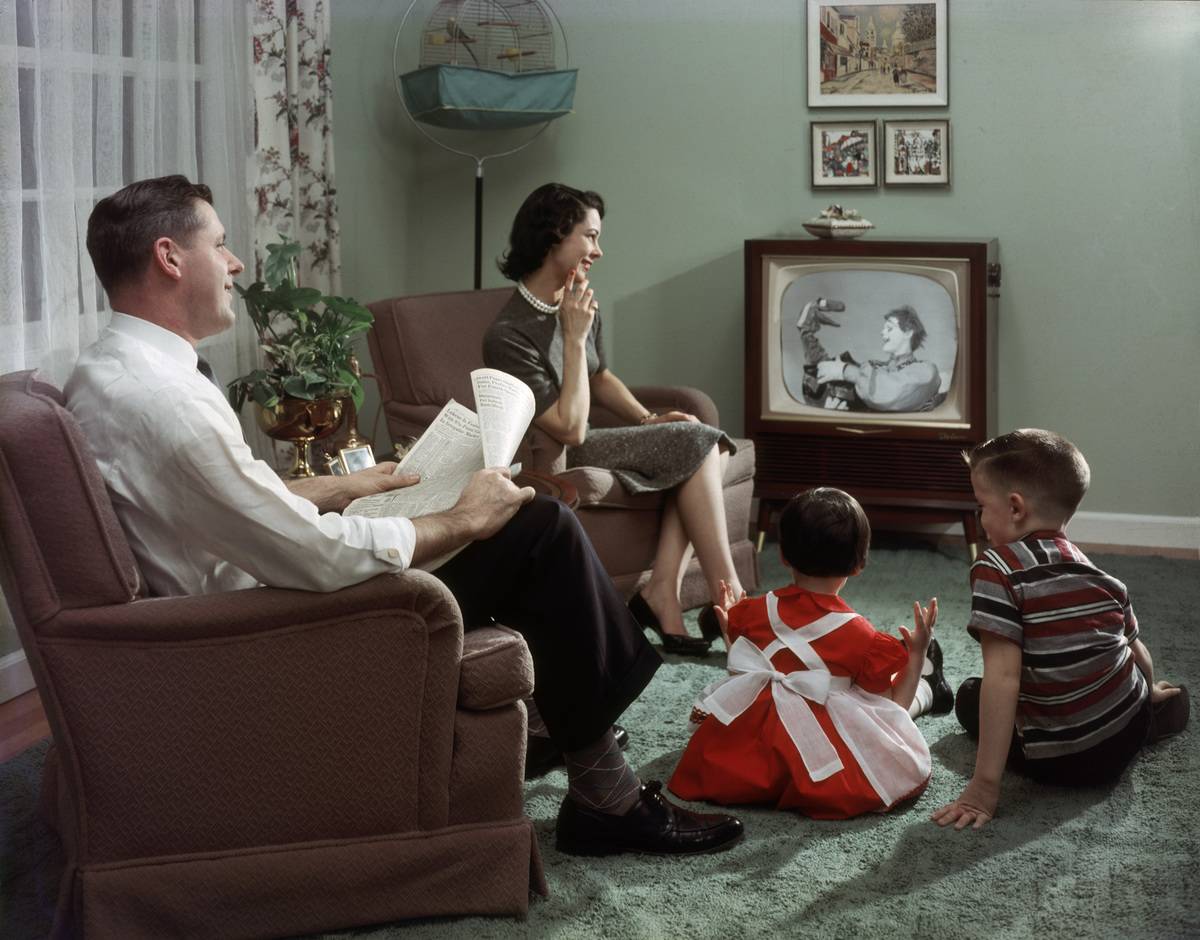
Television made its grand entrance in the 1950s, forever altering the way people consumed media. By the end of the decade, TV sets had become a staple in American households, offering everything from news broadcasts to sitcoms. Popular shows like “I Love Lucy” and “The Ed Sullivan Show” captivated audiences, creating a shared cultural experience. Television became a window to the world, influencing public opinion and shaping societal norms with its wide reach.
The Civil Rights Movement: Seeds of Change
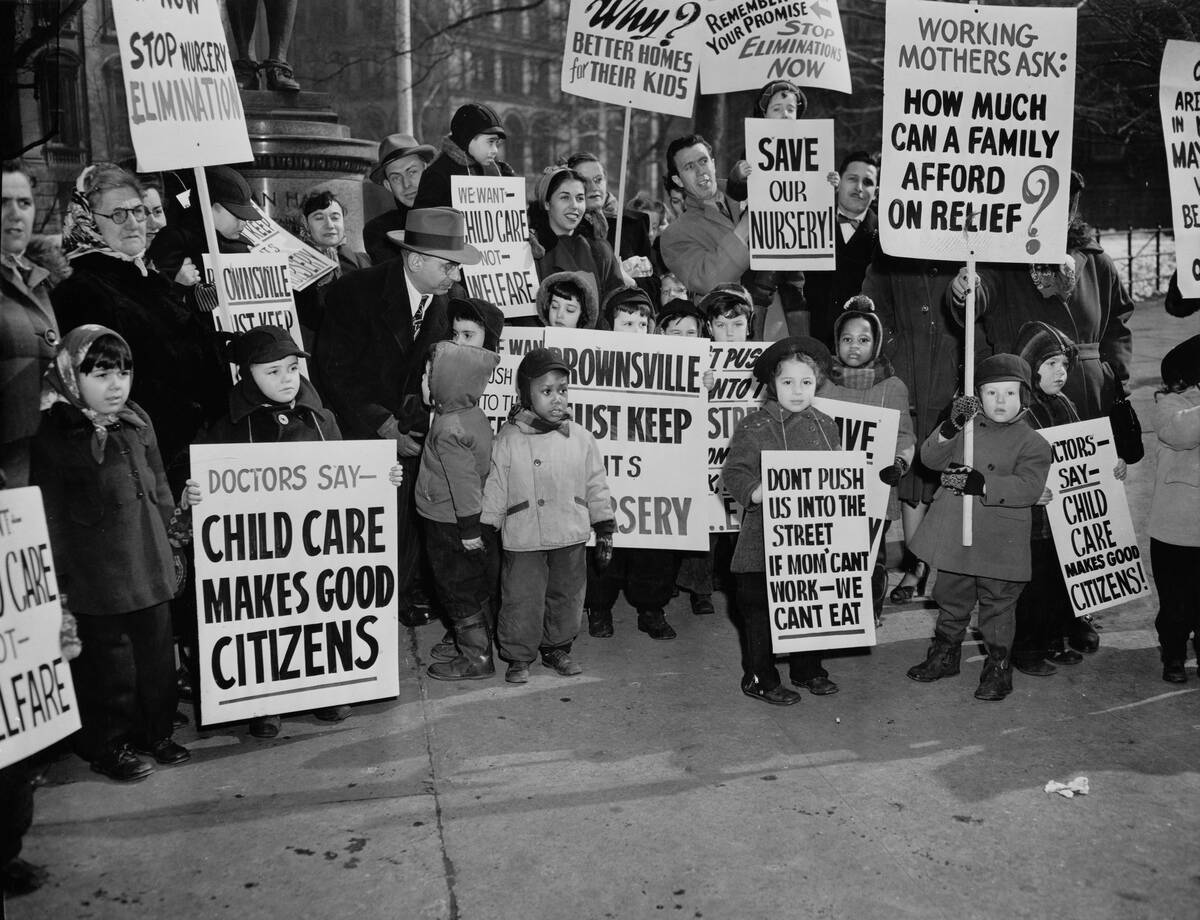
The 1950s planted the seeds for the Civil Rights Movement, as brave individuals and communities began to challenge racial segregation and discrimination. The landmark case Brown v. Board of Education in 1954 declared school segregation unconstitutional, setting a crucial legal precedent. Figures like Rosa Parks and Martin Luther King Jr. emerged as leaders, organizing protests and advocating for equality. These efforts laid the groundwork for the transformative changes that would unfold in the following decades.
The Korean War: A Conflict That Shaped Global Politics
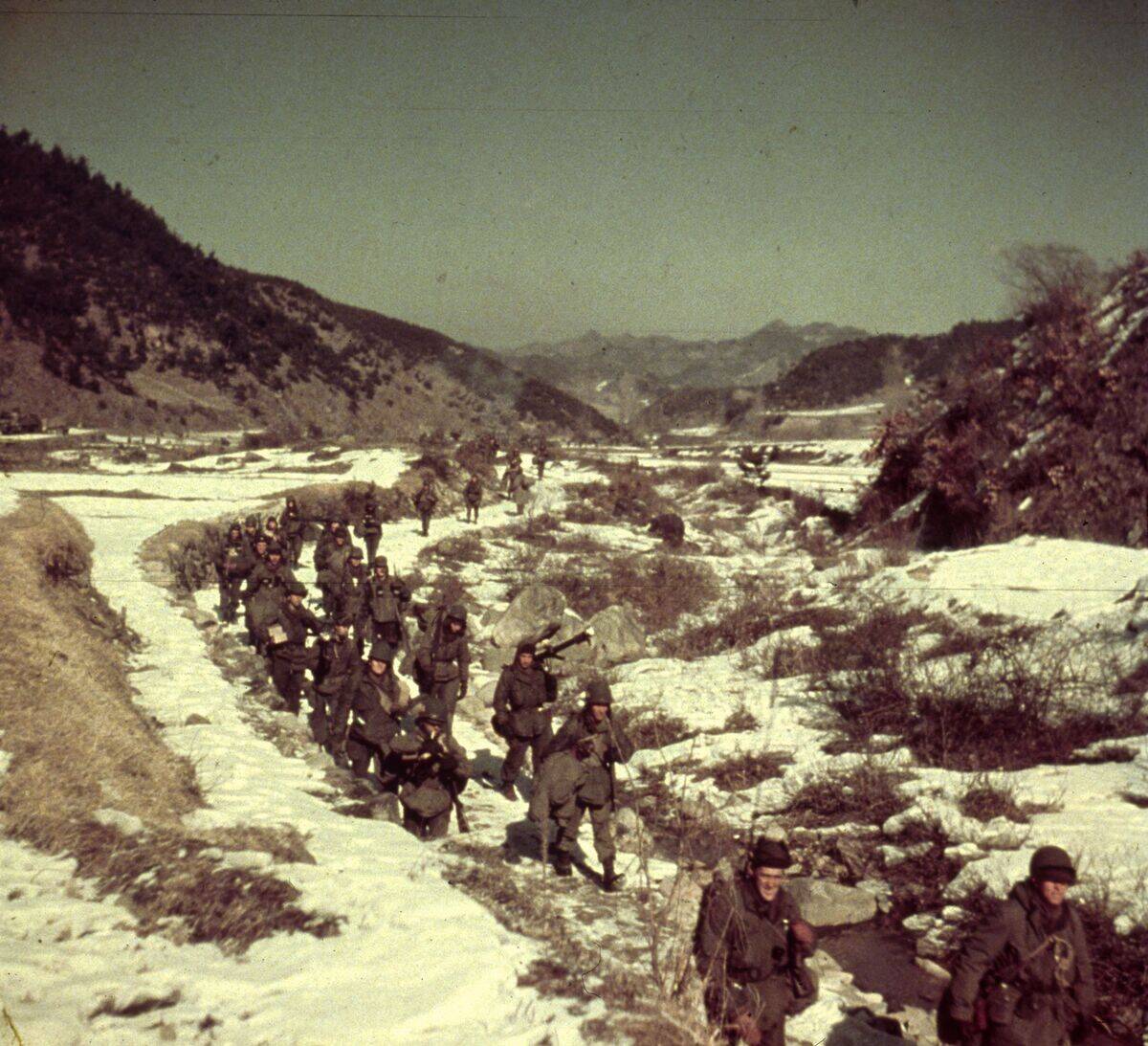
The Korean War, which began in 1950, was a significant conflict that pitted North Korea and its allies against South Korea, supported by United Nations forces led by the United States. This war was not only a battle over territory but also an ideological struggle during the early Cold War era. Although it ended in an armistice in 1953, the war had lasting effects on international relations and shaped the geopolitical landscape of East Asia for years to come.
Disneyland Opens: The Magic Kingdom Becomes Reality
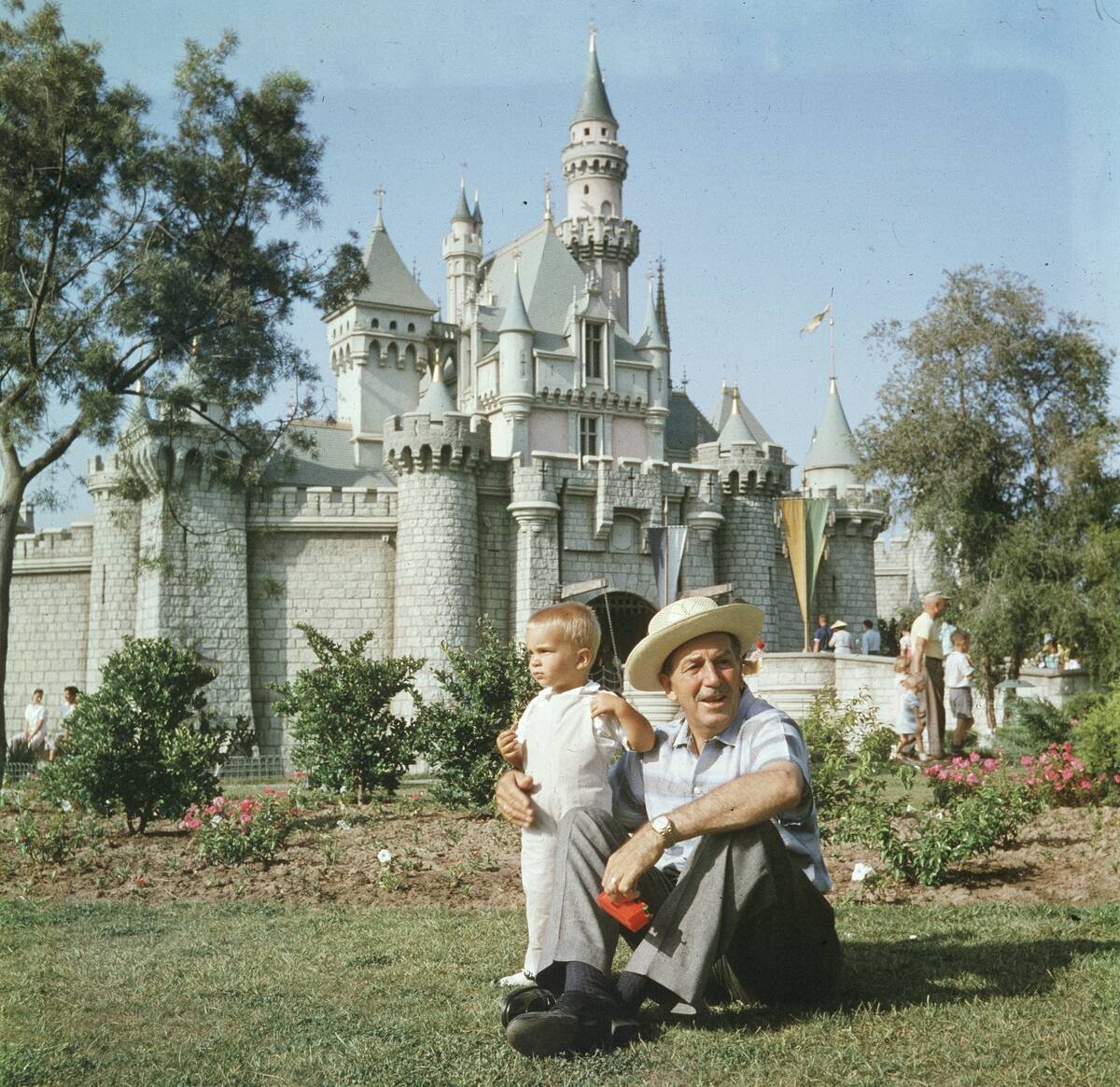
1955 marked the opening of Disneyland, the enchanting theme park in Anaheim, California, that would capture the imaginations of generations. Walt Disney’s dream of a “happiest place on earth” became a reality, offering visitors a magical escape filled with fairy tales and adventure. Disneyland set the standard for theme parks around the world, blending innovation with storytelling. Its success paved the way for a global entertainment empire that continues to thrive today.
The Baby Boom: A Generation of Growth and Optimism
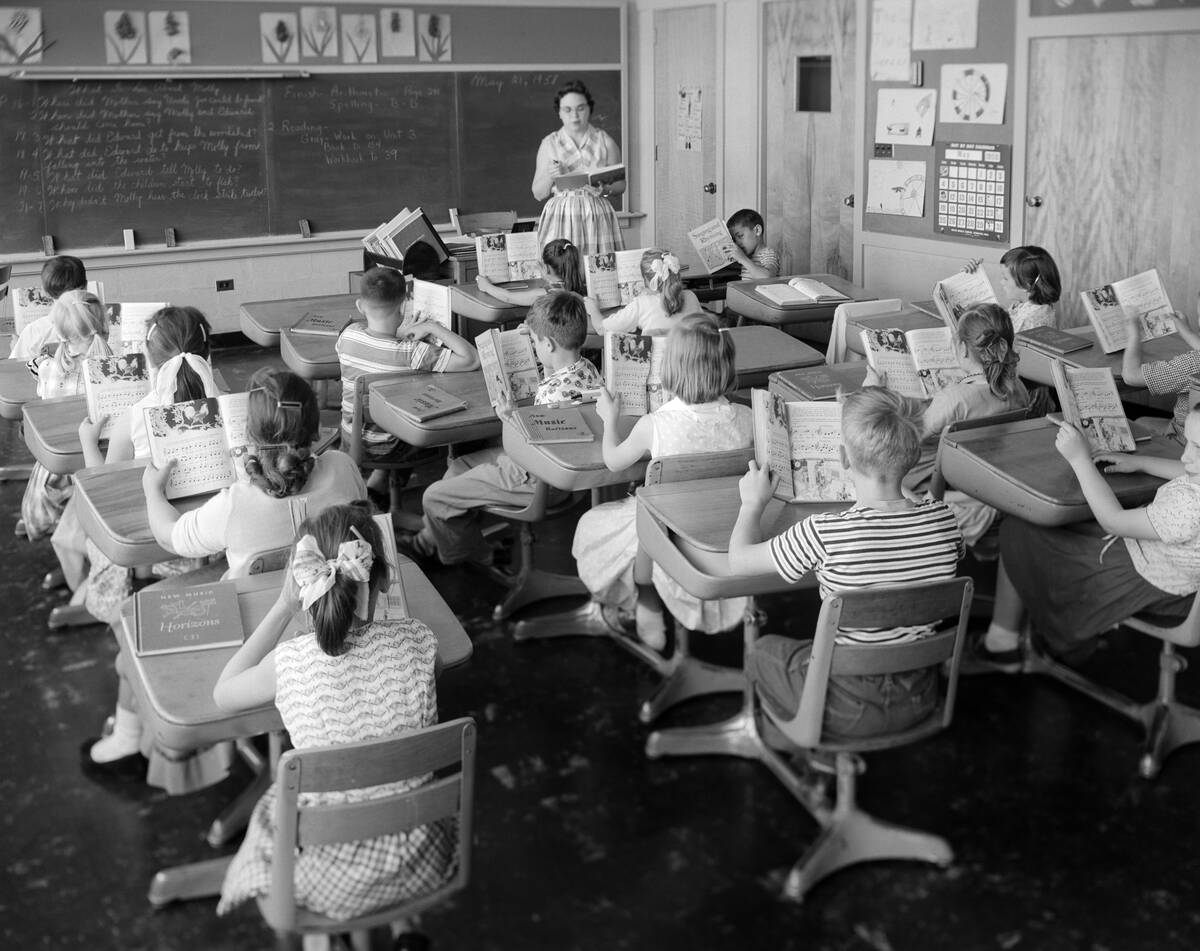
Post-World War II America experienced a significant population increase known as the Baby Boom, spanning from 1946 to 1964. Millions of babies were born during this period, leading to an economic surge and societal shifts. The Baby Boomers grew up during times of prosperity and change, driving demand for consumer goods and shaping cultural trends. This generation’s impact is still felt today, influencing everything from politics to pop culture as they continue to redefine aging.
The Cold War Intensifies: The Red Scare and McCarthyism
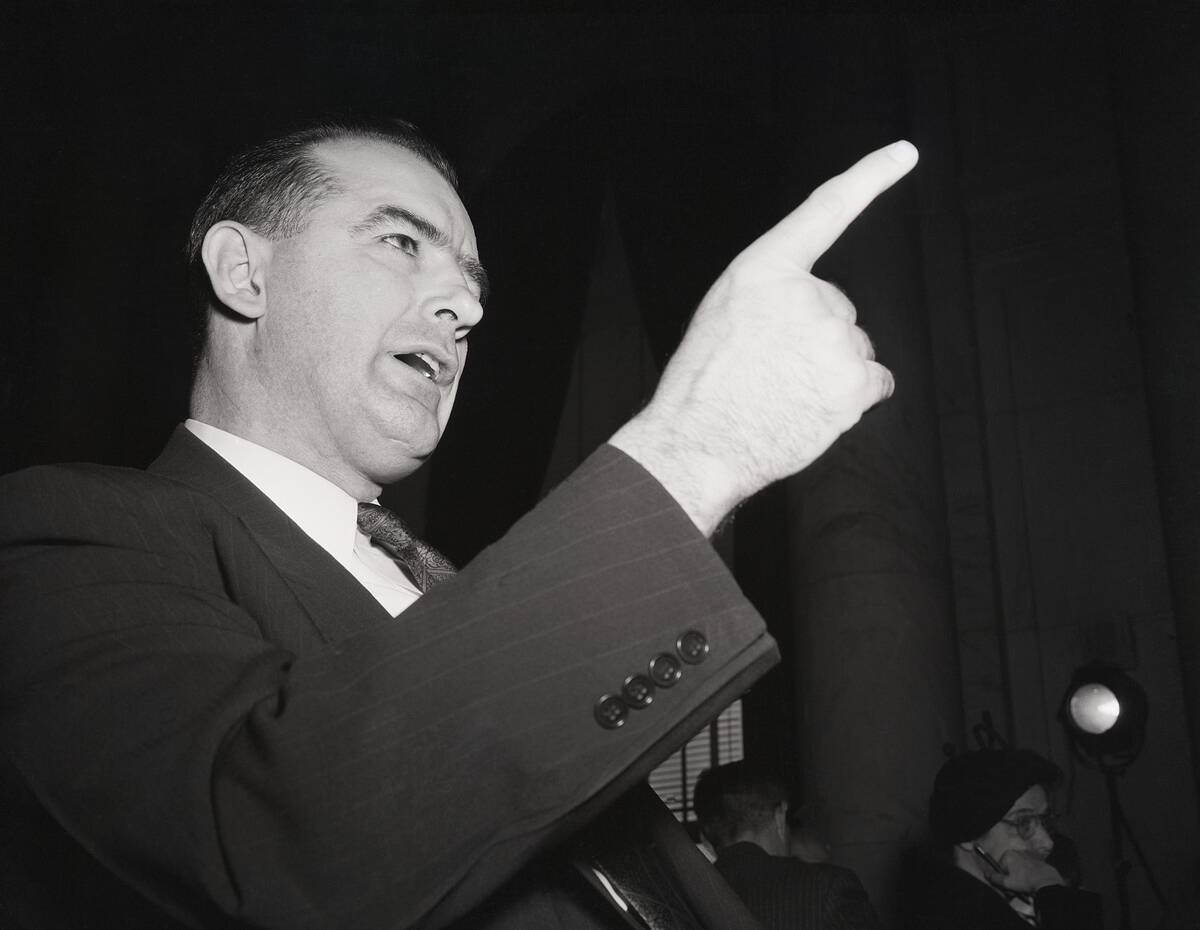
The Cold War’s chill permeated the 1950s, breeding fear and suspicion in the United States. The Red Scare, fueled by Senator Joseph McCarthy’s aggressive anti-communist investigations, led to widespread paranoia and the blacklisting of many individuals in Hollywood and other industries. This era of McCarthyism saw accusations fly with little evidence, impacting countless lives and careers. It was a time of tension and distrust that left a lingering mark on American society and politics.
The Debut of Color Television: A New Era in Entertainment
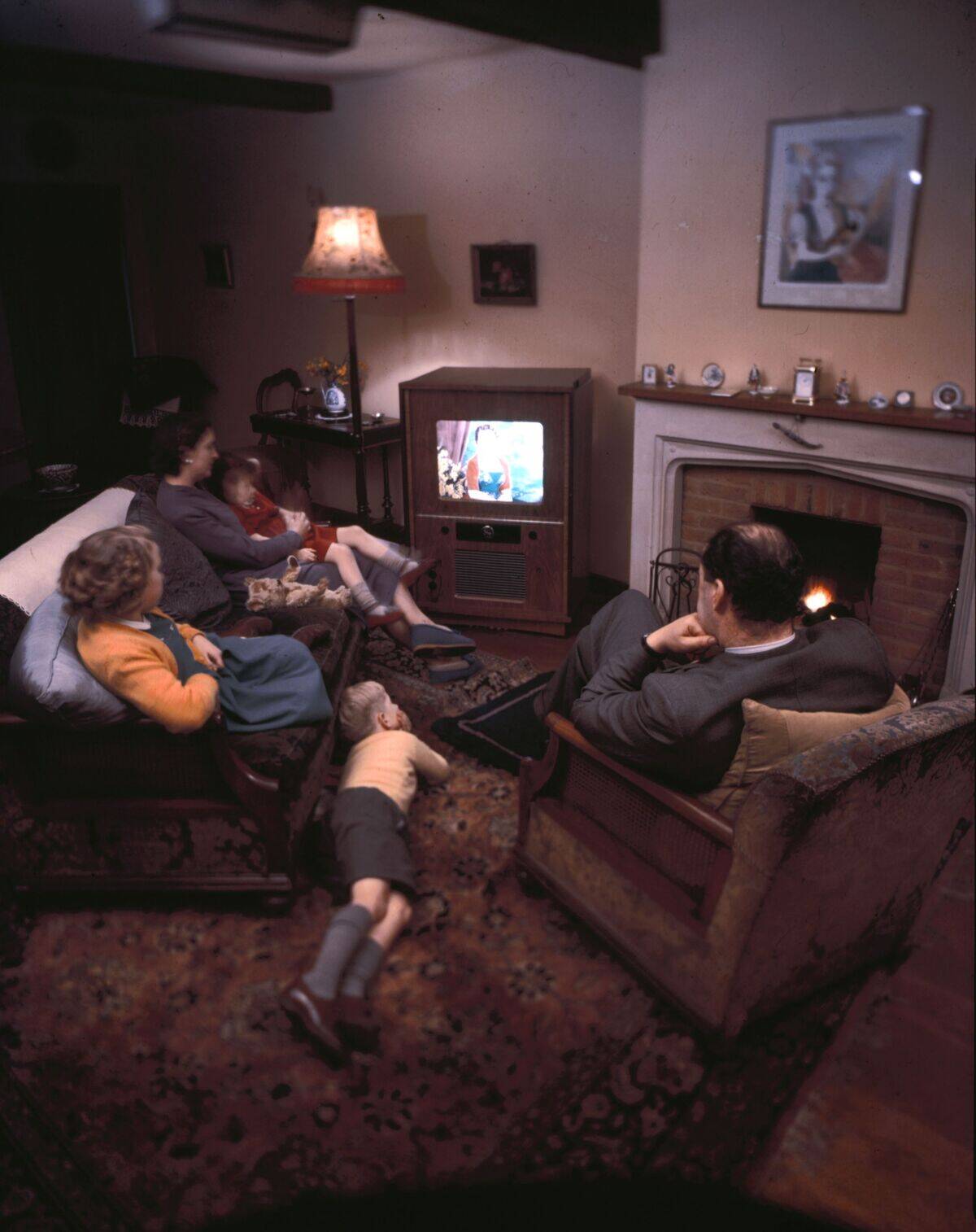
In 1954, RCA introduced the first color television set, ushering in a new era of vibrant visual entertainment. Although initially expensive and not widely adopted, color TV would eventually revolutionize the viewing experience. By the 1960s, color broadcasts became more common, enhancing everything from sports to dramas with vivid hues. This technological leap forward transformed the way audiences engaged with content, making television even more captivating and immersive.
The Fashion Revolution: From Poodle Skirts to Leather Jackets
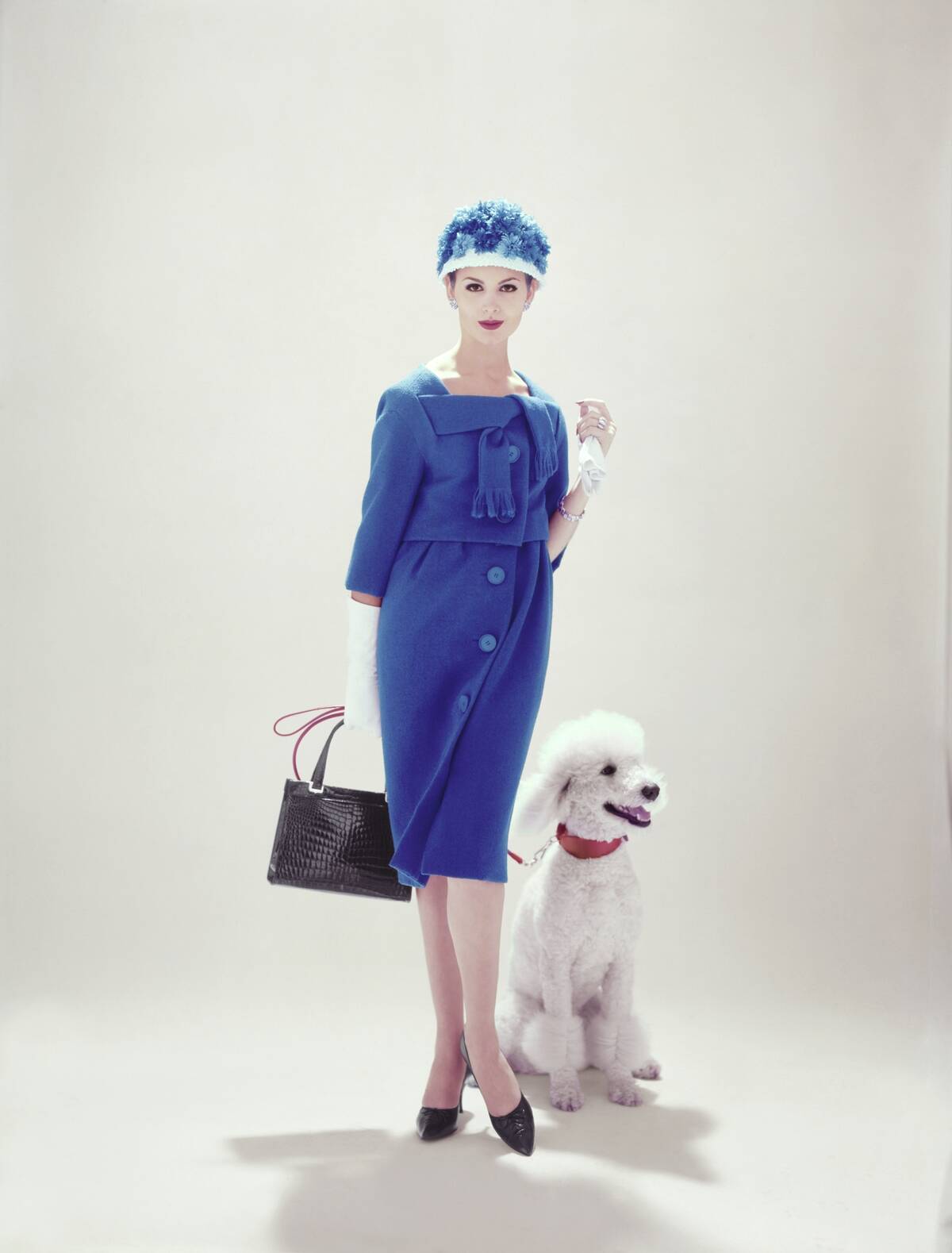
The 1950s were a fashionista’s dream, with styles that ranged from the elegant to the rebellious. Poodle skirts and saddle shoes defined the era’s youthful charm, while leather jackets and greased-back hair signaled a more rebellious spirit inspired by rock ‘n’ roll icons. Fashion became a form of self-expression, reflecting the cultural shifts of the time. This dynamic decade set the stage for future trends, proving that style could indeed make a statement.
The Polio Vaccine: A Medical Breakthrough
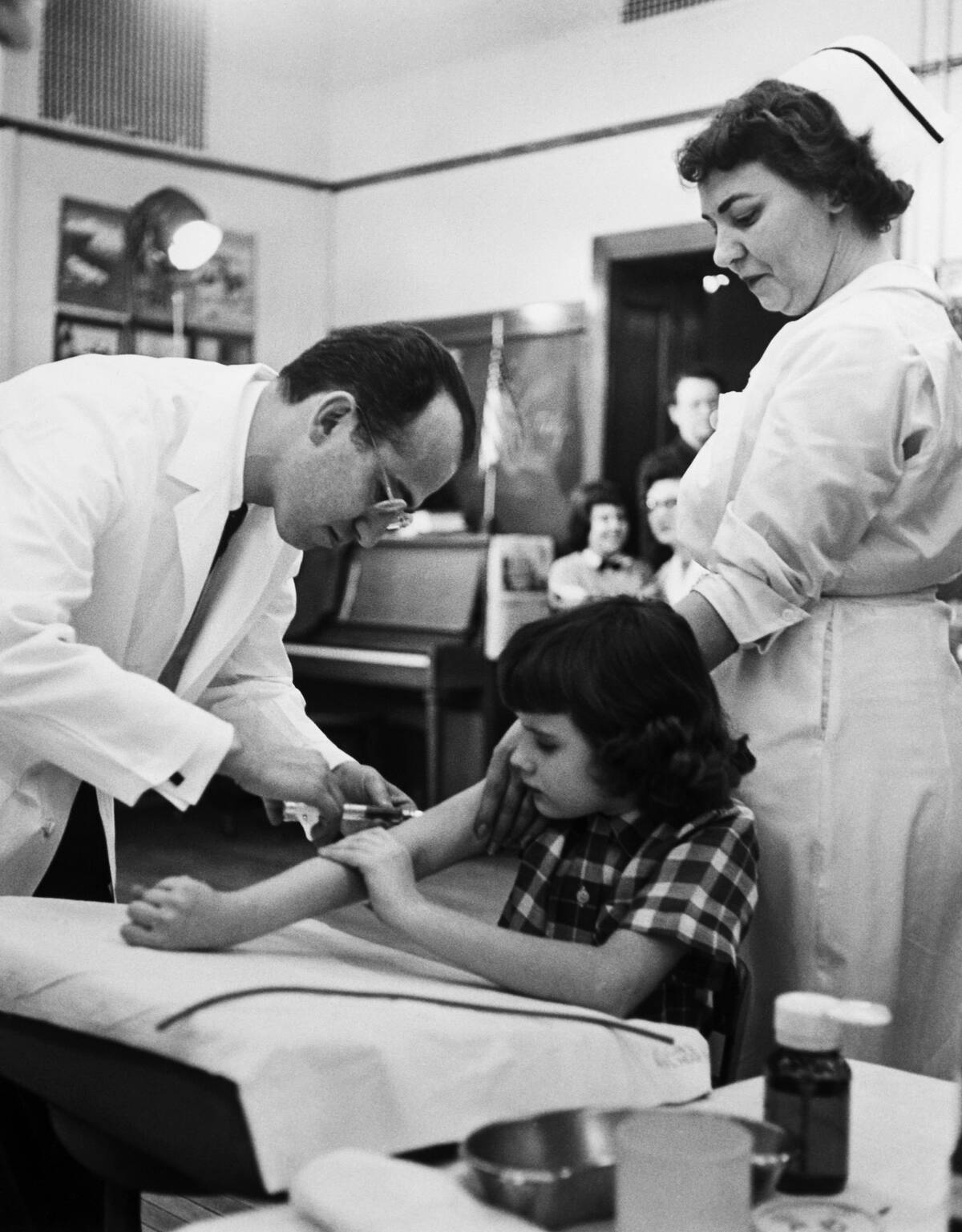
The 1950s witnessed a medical triumph with the development of the polio vaccine by Dr. Jonas Salk. This breakthrough provided a crucial weapon against a disease that had caused widespread fear and paralysis, particularly among children. The vaccine’s introduction led to mass immunization campaigns, drastically reducing polio cases and eventually eradicating the disease in many parts of the world. Salk’s work was a testament to the power of scientific innovation in enhancing public health.
The Beat Generation: Rebels of Literature and Thought
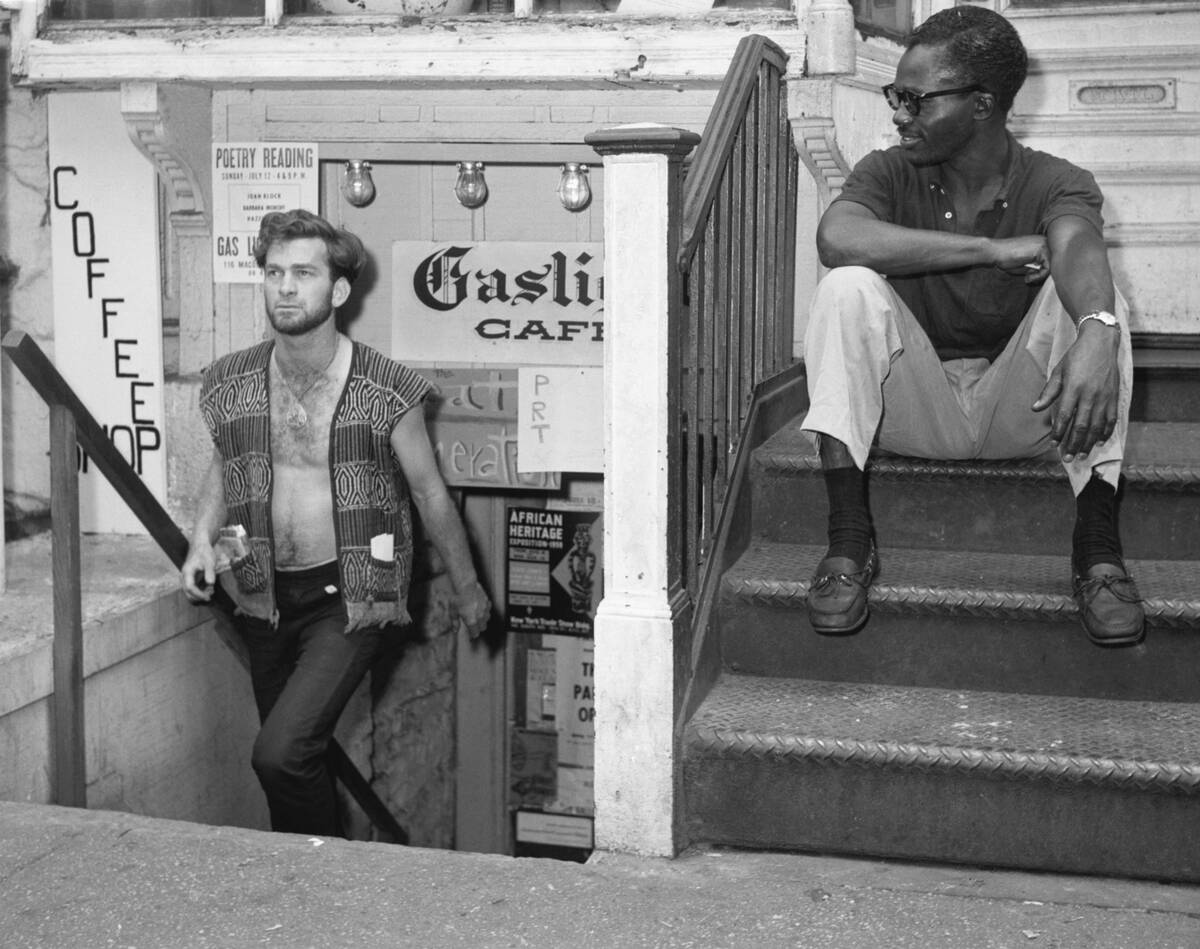
The Beat Generation emerged in the 1950s as a literary movement that challenged conventional norms and celebrated spontaneity and nonconformity. Figures like Jack Kerouac and Allen Ginsberg used their writing to explore themes of spirituality, exploration, and counterculture. Their works, such as “On the Road” and “Howl,” became iconic expressions of freedom and rebellion. The Beats’ influence extended beyond literature, inspiring future generations to question societal norms and pursue authenticity.
The Launch of Sputnik: Ushering in the Space Age
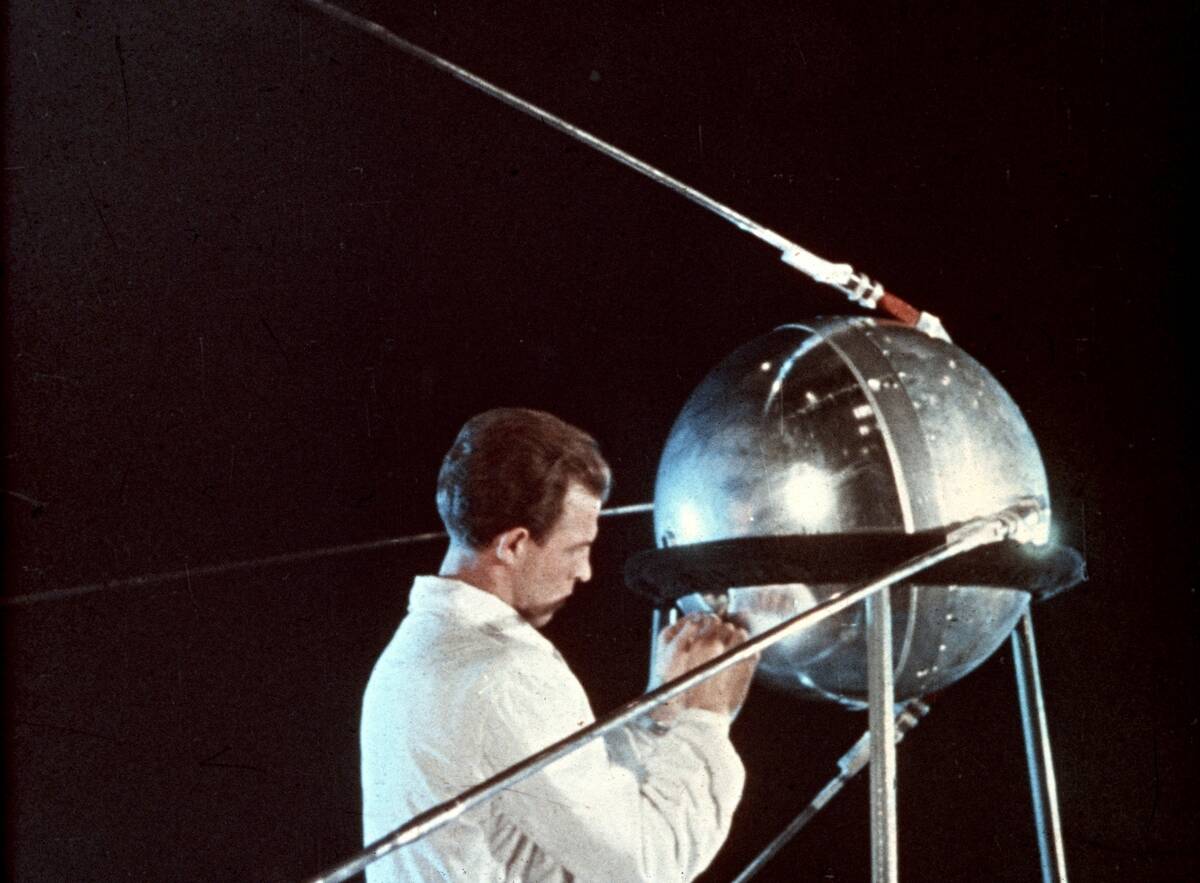
The launch of Sputnik 1 by the Soviet Union in October 1957 was a pivotal moment that marked the dawn of the Space Age. As the first artificial satellite to orbit the Earth, Sputnik’s success stunned the world and ignited a fierce competition between superpowers. This achievement not only fueled the Space Race but also accelerated advancements in science and technology. Sputnik’s legacy continues to inspire space exploration efforts and the quest for knowledge beyond our planet.
The Housing Boom: Suburbia and the American Dream
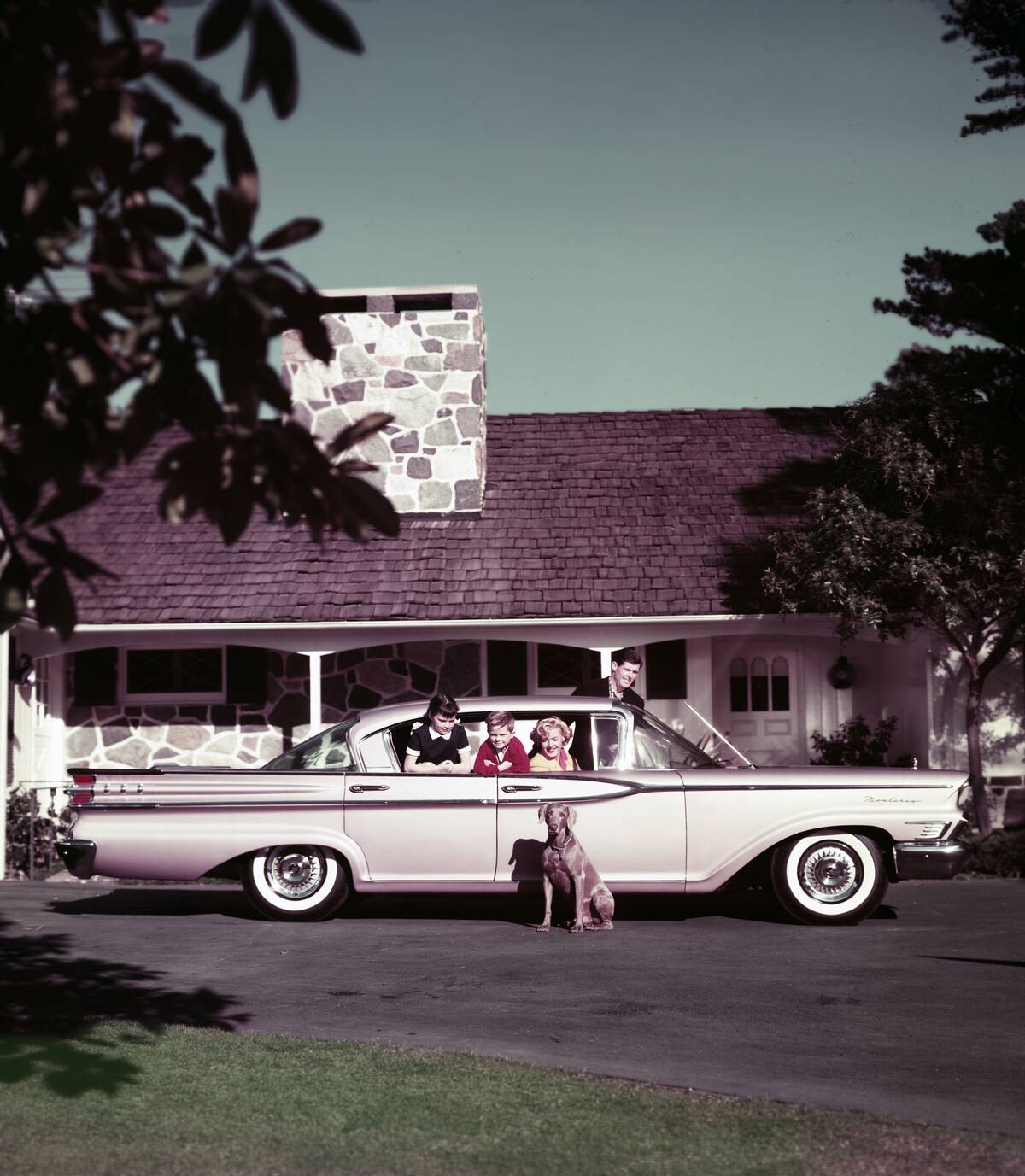
The 1950s saw an unprecedented housing boom, as millions of Americans sought the comfort of suburban living. Fueled by economic prosperity and the GI Bill, which provided veterans with housing benefits, suburbia blossomed across the nation. Developments like Levittown became symbols of the American Dream, offering affordable homes and a sense of community. This shift to suburban life reshaped the urban landscape and influenced social dynamics for generations to come.
The Rise of Fast Food: Convenience Takes the Stage

The 1950s marked the rise of fast food, as chains like McDonald’s revolutionized the dining experience with quick and convenient service. The introduction of the “Speedee Service System” by the McDonald brothers set the standard for efficiency and consistency in the industry. Fast food became synonymous with American culture, offering affordable meals for families on the go. This culinary evolution reflected broader societal trends towards convenience and consumerism, shaping eating habits that persist today.



